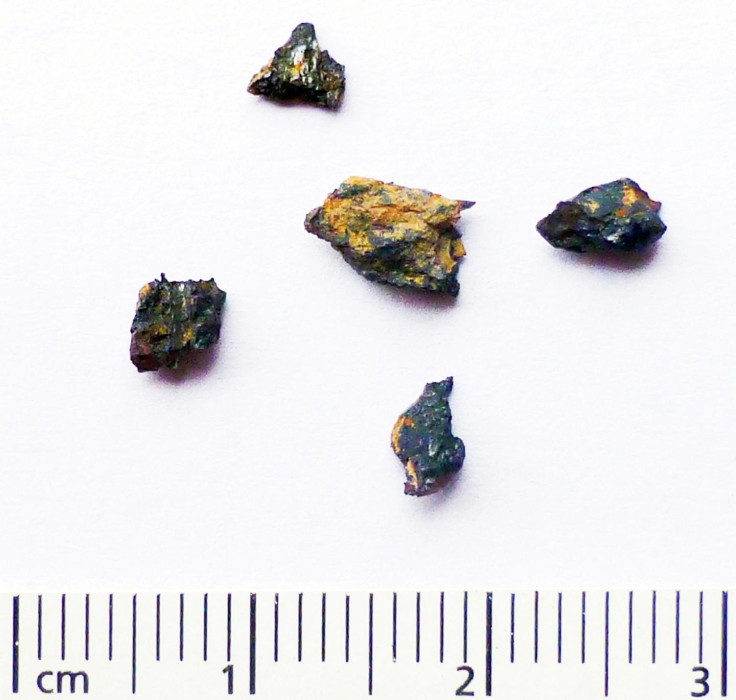Scientists baffled by diamond-filled alien stone that contains materials predating Solar System
The new discovery of the exotic compounds in the Hypatia stone raises questions about the formation of the Solar System.

In 1996, researchers discovered an extraterrestrial stone in Egypt which was later named after the 4-5<sup>th century scientist Hypatia of Alexandria. Further analysis of the alien pebble revealed that the diamond-filled stone did not come from any known comet or meteorite and had unique features.
Scientists have now discovered that the alien stone contains exotic micro-mineral compounds not found anywhere on Earth or on any meteorites or comets – these compounds are in fact found nowhere else in the entire Solar System. Some of the minerals found in the extraterrestrial space rock were found to predate the existence of the Sun, the Earth and all other Solar System planets.
The new discovery has raised questions about the very formation of our Solar System and has added mystery to the origins of the Hypatia stone.
"If it were possible to grind up the entire planet Earth to dust in a huge mortar and pestle, we would get dust with on average a similar chemical composition as chondritic meteorites," Prof Jan Kramers, lead researcher of the new study, said in a statement. "In chondritic meteorites, we expect to see a small amount of carbon{C} and a good amount of silicon (Si). But Hypatia's matrix has a massive amount of carbon and an unusually small amount of silicon.
"Even more unusual, the matrix contains a high amount of very specific carbon compounds, called polyaromatic hydrocarbons, or PAH, a major component of interstellar dust, which existed even before our Solar System, was formed. Interstellar dust is also found in comets and meteorites that have not been heated up for a prolonged period in their history."
When analysing the mysterious space rock, researchers from the University of Johannesburg found that it lacked substantial amounts of silicon, setting it apart from other known extraterrestrial objects that have made their way to Earth.
The researchers also found that some PAH in the Hypatia stone had been transformed into diamonds measuring less than one micrometer. The researchers believe that this transformation may have occurred during the space rock's impact with Earth's surface or atmosphere and may have helped the Hypatia stone withstand conditions, thereby preserving it well.
Researchers also found materials such as aluminium in its pure metallic form and unexpected forms of silicon carbide (also known as moissanite) and silver iodine phosphide. One of the most unusual compounds, a mixture of phosphorus and nickel, with no iron was also found within the alien stone. This mineral composition has so far never seen before on Earth or in any other known extraterrestrial objects.
Despite containing materials believed to predate the Solar System, the stone is believed to have formed after the formation of the Solar System. "Was the bulk of Hypatia, the matrix, also formed before our solar system? Probably not, because you need a dense dust cloud like the solar nebula to coagulate large bodies," said researcher Georgy Belyanin.
The Hypatia stone continues to pose a puzzle and more research into its origins is required, which will hopefully uncover even more details about not just the space rock, but also about the formation of our Solar System.
"What we do know is that Hypatia was formed in a cold environment, probably at temperatures below that of liquid nitrogen on Earth (-196 Celsius). In our Solar System it would have been way further out than the asteroid belt between Mars and Jupiter, where most meteorites come from.
"Comets come mainly from the Kuiper Belt, beyond the orbit of Neptune and about 40 times as far away from the sun as we are. Some come from the Oort Cloud, even further out. We know very little about the chemical compositions of space objects out there. So our next question will dig further into where Hypatia came from," Kramers said.
The findings of the new discovery have been published in the journal Geochimica et Cosmochimica Acta.























